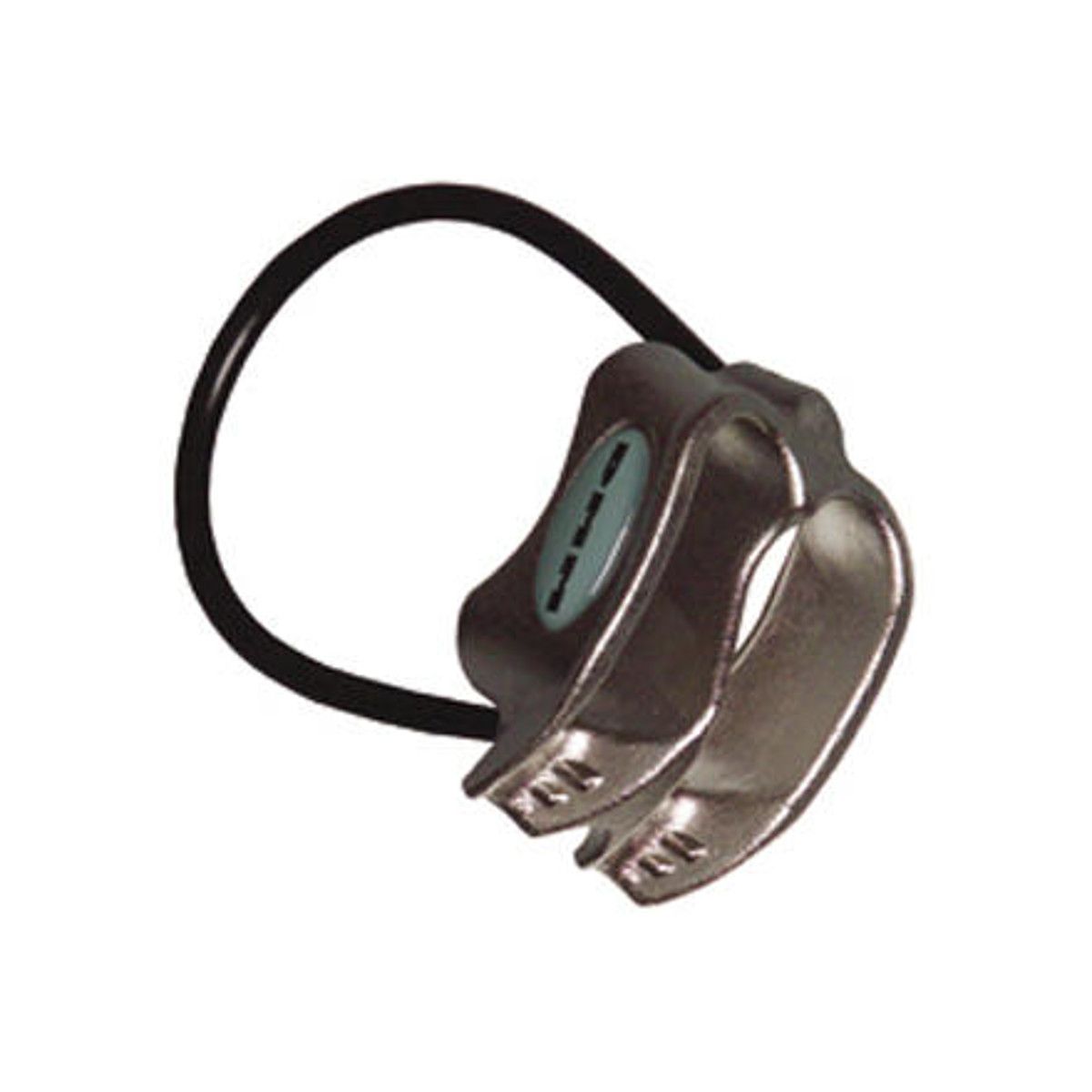Steel ATC?
|
|
DMM made a small steel ATC for a while in the early 2000's called the V-Twin. I used it a bunch, mostly for canyoneering, but also for big desert towers with lots of rappels. It was small enough that it didn't weigh too terribly much more than a standard ATC. I lost it in a canyon years ago, and immediately wished I had purchased a few back-ups when I had the chance. After a big canyon you could see grooves forming on my friend's devices, while that V-Twin kept on going. https://www.ukclimbing.com/gear/climbing/belays/dmm_v_twin-462 For the OP, this next site has some technical data about the V-Twin, which may help. Scroll to near the bottom to the V-Twin & V-Twin2 sections. http://www.verticalmuseum.com/VerticalDevicesPage/Belay/BelayTubePages/BelayTube0687.php |
|
|
At the risk of contributing to the thread drift... Inre those commenting about wanting a small, steel fig8-style device for canyoneering, I never understood the fascination canyoneers have for figure 8's. And I say this as a fully certified canyoneering guide. Pretty much ANYTHING you can do with your 8, you can do quickly & easily with an ATC. You can rig-releasable, add friction, lock-off on rappel, etc... I sometimes wonder if it is just a way to separate themselves from climbers? I have had many canyoneers tell me that an ATC isn't a canyoneering device, only a climbing device, and such things as: you "can't" canyoneer, or add friction, or lock-off on rappel, or rig releasable, etc with an ATC. I am not opposed to 8-style devices for canyoneering. In fact, I own several of the new "crazy 8" style devices from all the main manufacturers & occasionally use them. Furthermore I generally teach those devices in canyoneering classes. But for my own recreational use? I use the ATC. Regarding the DMM V-Twin specifically, I've done the 300'+ rappel out of Heaps Canyon with a V-twin, while towing a very heavy backpack hanging under me, and never had to 'death-grip' the rope. And this was on some slippery 8mm Canyon Extreme rope. YMMV. Sorry for the drift, back to discussing keeper loops. |
|
|
Mike wrote: When I was doing work for DMM on belay devices I had a box full of the things to use as mules (easier to cut up and weld bits on than aluminium ones) as they were off the market by then. We actually had loads of entertainment with the VTwin designer proving that his claim was not only theoretically impossible but in reality also wrong, the bit the user touches feels cooler but the bit the rope touches is considerably warmer. We built a test rig to simulate rapping 50m and put temperature probes in the body of a load of plates to see what was happening. The V Twin wasn't the least effective belay device for braking I have tested but it was close! The cable was staked in like usual, just a hole for the cable and a pin press whacks the body from the side. |
|
|
For this project you should add some “art” to it. Taking the V-twin concept a step further, add some cooling fins on the sides and give it an orange and black color scheme. Everything seems to have a Harley-Davidson model nowadays. |
|
|
Jim Titt wrote: Great info. Thanks! Edited to add: Did you find that the heat concentration ever heated up the ropes too much? As for the braking power, yeah, it was definitely less than some other devices. For big raps I would often use 2 carabiners. |
|
|
Just adding info about heat during rapping Fun read, summary here -
|
|
|
Mike wrote: You get glazing but that's fairly common with devices with stainless contact point's, it's irrelevant though. Danger might come with longer than normal raps or excessive loads. |
|
|
Titanium is becoming more interesting; doing some more research into using TI as a material. It’s more feasible than I was expecting. |
|
|
Update: going in two directions atm: one piece TI ATC with an integrated bail and stainless ATC with silver soldered cable. Everything has been really helpful; thanks all for the links, info, and general ideas. Anything further is still gladly welcomed. |
|
|
Climbing Weasel wrote: Been a bit; life got in the way of any metalworking, as it tends to do. Now however I do have some limited access to a metals shop, so will be trying some various ideas out. No luck on titanium sourcing at the moment, plus a whole lot of prototyping has to happen first. Kicking this back to life. |

 Continue with onX Maps
Continue with onX Maps Sign in with Facebook
Sign in with Facebook
























